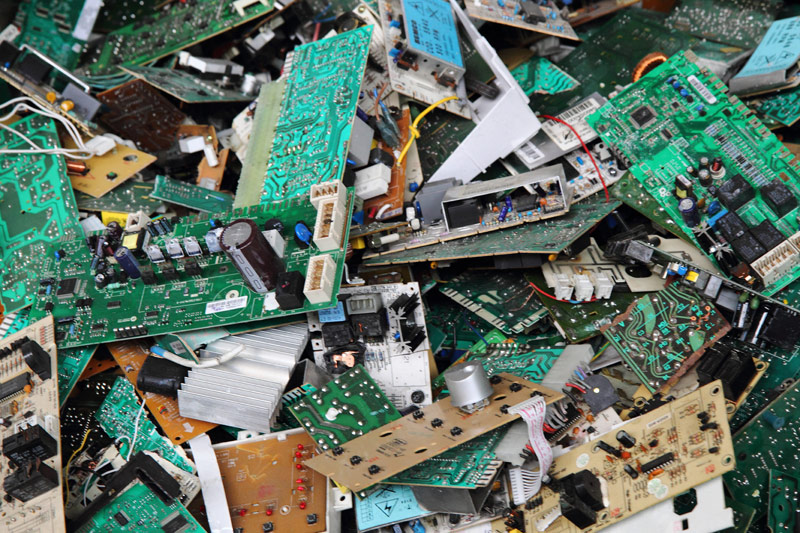The Waste Electrical and Electronic Equipment (WEEE) Directive is a key piece of European legislation aimed at addressing the growing issue of electronic waste. As more electronic devices enter the market each year, the need for responsible disposal and recycling has become more urgent. The WEEE Directive sets the standards for how electronic waste should be managed, ensuring that manufacturers, retailers, and distributors all contribute to reducing the environmental impact of electronic products.
Circular Compliance WEEE directive services provide businesses with the tools and expertise needed to comply with these regulations and support sustainable electronic waste management.
1. What is the WEEE Directive?
The WEEE Directive was established by the European Union to ensure that electronic waste is properly collected, treated, and recycled. It places responsibility on producers, importers, and sellers of electronic equipment to manage the entire lifecycle of their products, from creation to disposal. The directive mandates that a portion of electronic products be recycled, reducing the amount of waste that ends up in landfills.
The directive covers a wide range of electronic devices, including household appliances, IT equipment, and consumer electronics. Companies must comply with these regulations to avoid penalties and contribute to environmental protection.
2. Key Impacts of the WEEE Directive
The WEEE Directive has had a profound impact on the way electronic waste is managed in Europe. By placing the responsibility on producers, it has encouraged companies to adopt more sustainable practices, such as designing products that are easier to recycle or reuse. The directive has also increased the availability of recycling facilities and improved the efficiency of e-waste collection systems.
By working with Circular Compliance WEEE directive services, companies can stay up-to-date with the latest regulatory requirements and ensure that they meet their obligations under the directive.
3. Moving Towards a Circular Economy
One of the long-term goals of the WEEE Directive is to promote a circular economy, where products are designed with reuse and recycling in mind. This approach minimizes waste, conserves resources, and reduces the environmental impact of electronic devices. The directive plays a critical role in shifting the focus from a linear “take-make-dispose” model to a more sustainable, circular system.
Conclusion
The WEEE Directive is shaping the future of electronic waste management by encouraging sustainable practices and enforcing strict recycling requirements. Companies looking to comply with these regulations can benefit from Circular Compliance WEEE directive services, which offer expert guidance on navigating the complexities of e-waste management.

